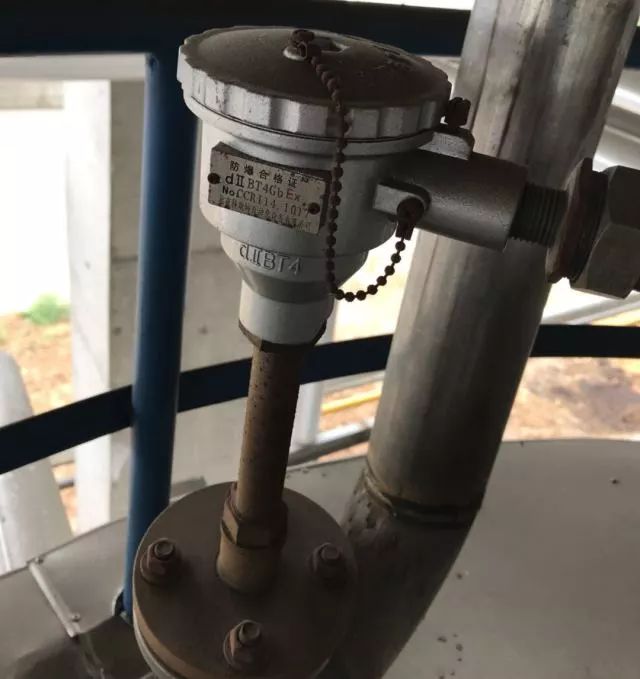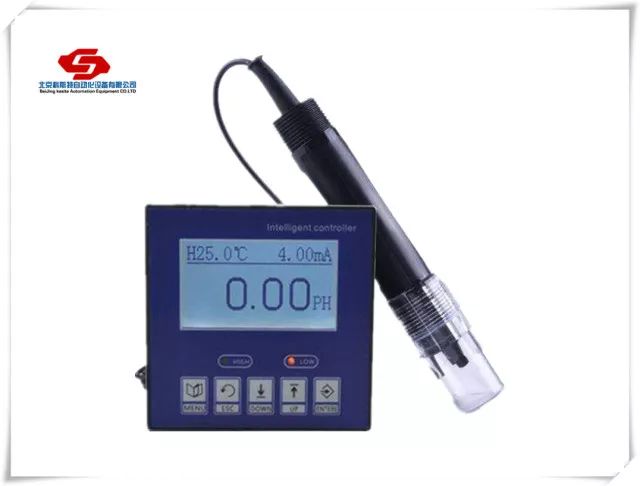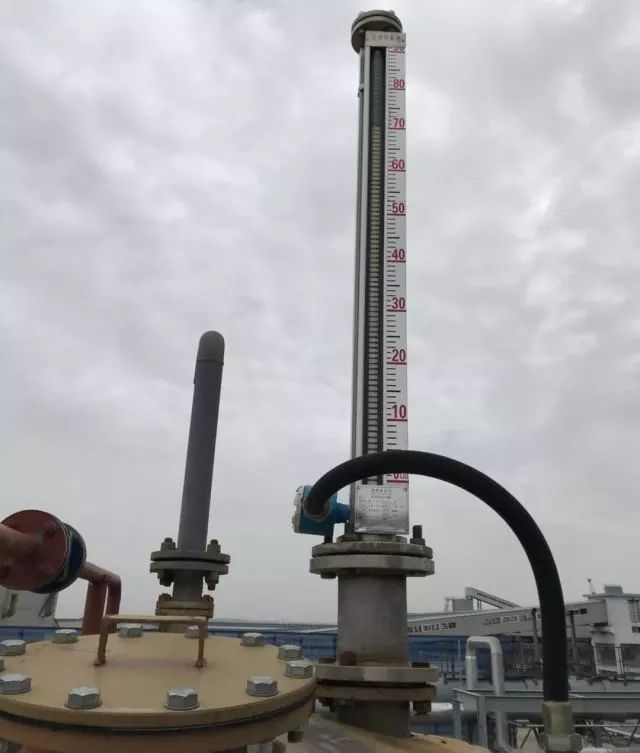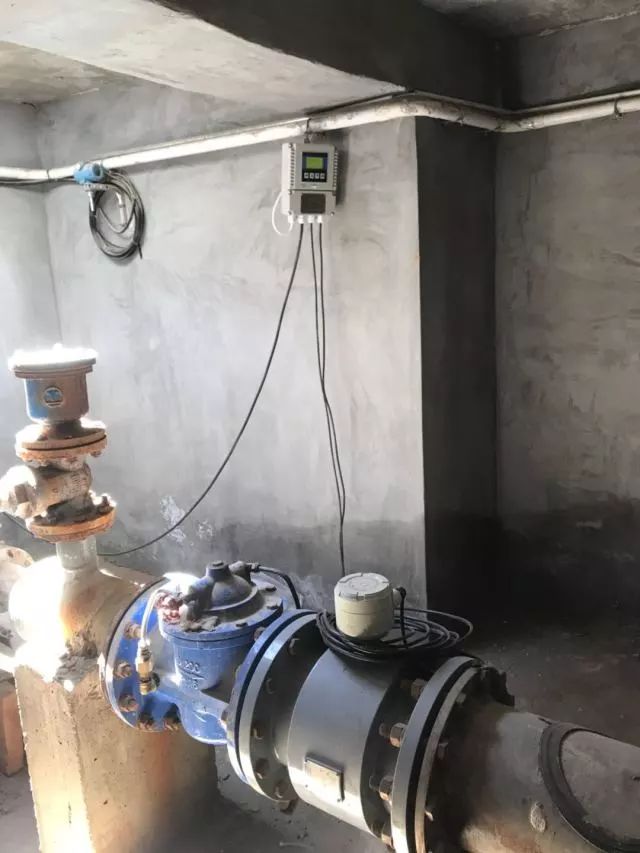Primary instrument
The primary instrument is directly installed on the process pipeline or equipment, or installed near the measuring point but in contact with the measured medium, measuring and displaying process process parameters or instruments that send parameter signals to the secondary instrument.
The primary instrument is one of the components (elements) of the automatic detection device. With a sensing element to sense the change of the measured medium parameters. Or with a ruler, indicating the reading; or without a ruler, it does not indicate the reading.

Secondary instrument
Secondary instrument: an instrument that accepts electrical or pneumatic signals sent by transmitters, converters, sensors (including thermocouples, thermal resistors), etc., and indicates the value of the process parameters detected. One of the components (elements) of the automatic detection device. Used to indicate, record or accumulate the measurement results from a meter.

There are generally three types of standard signals accepted by secondary instruments:
â‘ Pneumatic signal: 20-100KPa (0.02-0.1MPa)
â‘¡ Instrument signal of type II electric unit 0 ~ 10mADC.
â‘¢ Type III electric unit instrument signal 4 ~ 20mADC.
There are also individual ones that do not use standard signals. The primary instrument sends out electrical signals, and the secondary instruments directly indicate, such as remote pressure gauges.
The secondary instrument is usually installed on the instrument panel.
According to the installation position, it can be divided into panel-mounted instruments and rack-mounted instruments.
In the production process, the measuring instruments are often qualitatively referred to as the number of times of energy conversion. The one with energy conversion is called one instrument, and the other with two conversions is called secondary instrument. Taking the thermocouple measuring temperature as an example, the thermocouple itself converts thermal energy into electrical energy, so it is called a primary instrument. If the electrical energy is converted into mechanical energy by moving the pointer with a potentiometer (or millivoltmeter), the second energy is performed. Conversion is called secondary instrument. If the number of transductions exceeds two times, they are usually called twice. For example, the orifice plate measures the flow rate. The orifice plate itself is a primary instrument. The differential pressure transmitter is not called. The two-indicator instrument is called a secondary instrument. Or totalize the measurement results from a meter.
Local instrument
On-site instrument: As the name implies, on-site instrument is an instrument installed in the process area near the chemical equipment. Typical examples are pressure gauges, glass tube level gauges, etc.

Remote instrument
Remote transmission instrument: It is an instrument installed in the field that can transmit the field signal from the field to the control room in the form of electricity or gas, such as an integrated pressure transmitter.

Many field instruments in the traditional sense now also have a remote transmission function, such as a magnetic flap level gauge, which can be used alone as a field indicator instrument, much like a glass tube level gauge, but with the addition of a transmission module, it can be used on site. The instructions spread again. If the pressure transmitter is added with a display module, it can also be used for on-site instructions. But there are very few such functions that are used together. Therefore, on-site instructions and remote transmission are generally required. The main function of on-site instructions is to provide convenient on-site operation when the automatic control fails, and it can also be said to increase the insurance factor. If the instrument supporting the above conditions needs to be listed separately.
Common Uses
AGM has been around since the early 1980s. It was first used for military aircrafts and UPS (uninterrupted power supply) because of its weight, safety and long-lasting power. Presently, AGM batteries are used in powering cars and car accessories such as steering wheels, windshields and heated seats. Racing leagues such as NASCAR choose AGM products because of its resistance to vibration. The Battery also performs well in cold temperatures, which is why AGM batteries are prevalently used for motor homes and robotic applications.
Advantages of AGM Batteries
Low internal resistance
Longer, efficient usage
Ability to survive low temperatures
Spill proof
Responsive to load
Water retention
Faster charging time compared to flooded batteries
Less prone to topping charge, can be stored for a longer time
12V Agm Battery,Best Agm Battery,H6 Agm Battery,H7 Agm Battery
NANTONG RONGCHANG IMPORT&EXPORT CO.,LTD , https://www.ergsolarcn.com